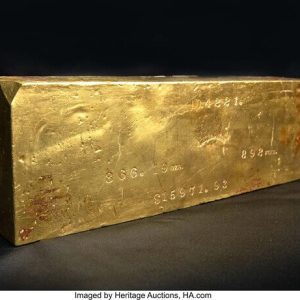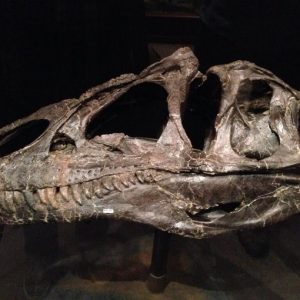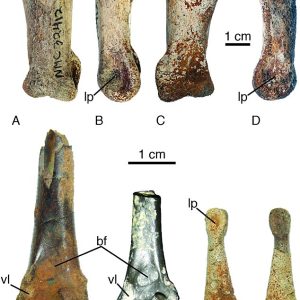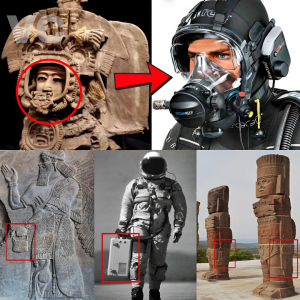Ancient carvings of Egyptian boats preparing for battle have been discovered in a 3,800-year-old building.
More than 120 images adorn the millenniums old building in Egypt’s ancient city Adydos, near the tomb of pharaoh Senusret III.
And researchers believe the pictures may illustrate a boat that was discovered near the site that could have been buried with the pharaoh as part of his funeral ceremony.
Senusret III – which is also written as Senwosret III – was a great pharaoh of the Twelfth Dynasty and is considered by many as the most powerful Egyptian ruler of the dynasty.
Associate Professor in Egyptology at the University of Pennsylvania Josef Wegner is leadinga team excavating the pharaoh’s mortuary complex, which is one of the largest royal tombs ever built in ancient Egypt.
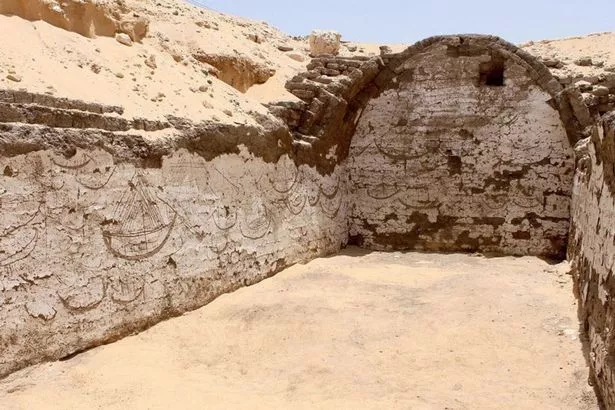
Ancient carvings of Egyptian boats preparing for battle have been discovered ( Image: Josef Wegner)
Writing in the International Journal of Nautical Archaeology, Wegner said the remains of an actual boat, buried alongside the tomb, have been detected.
While only a few planks remain it is still an incredible discovery for researchers who believe it may have been buried alongside the pharaoh’s tomb as part of funeral tradition.
Wegner said the boat would have been constructed at Abydos or dragged across the desert.
The archaeologists don’t know who drew the tableau or why they created it but they believe multiple people made it within a short period of time.

Boat images ( Image: Josef Wegner)
One possible explanation is that the people who built the boat created it – or it was made by civilians taking part in a funeral ceremony for pharaoh Senwosret III.
The largest images are nearly 5 feet long and show “large, well-rendered boats depicted with masts, sails, rigging, deckhouses/cabins, rudders, oars and in some cases rowers,” Wegner wrote in an article published in the International Journal of Nautical Archaeology .
He also said more images – which also included gazelle, cattle and flowers, would have existed in ancient times.
Researchers also discovered 145 pottery jars, which would have been used to store liquids.

The existence of the building was first noted in a 1904 report by an Egypt Exploration Fund (EEF) team that worked at Abydos between 1901 and 1903.
Archaeologist Arthur Weigall spied the images briefly while excavating the tomb of Senwosret III – before its roof caved in.
He wrote at the time: “ The roof was barrel shaped, and some of it was still standing until excavated, when it fell in.
“Upon the whitewashed walls of the burial chamber a number of drawings of boats had been scratched in later times, some of which are of interes.”
Wegner’s team, in cooperation with Egypt’s Ministry of State for Antiquities, carried out the excavations of the building between 2014 and 2016.
